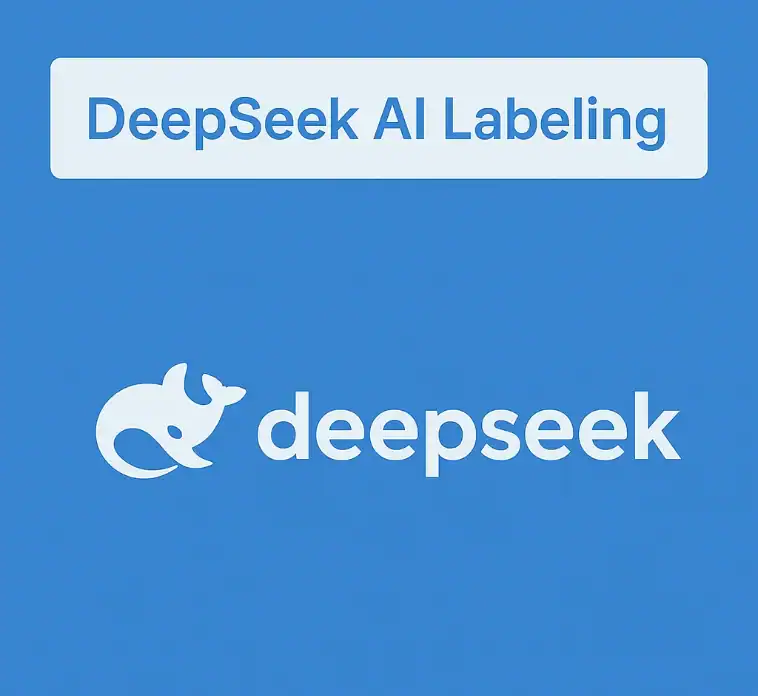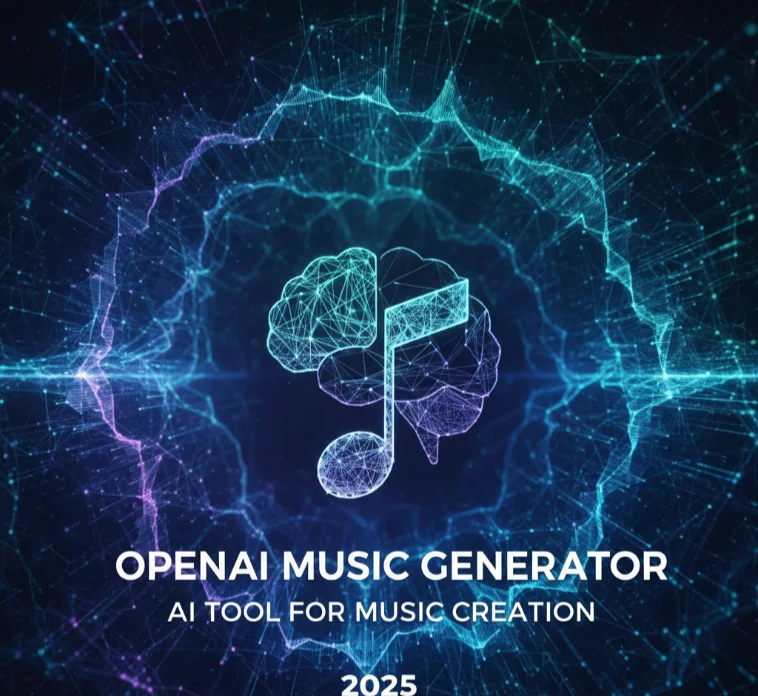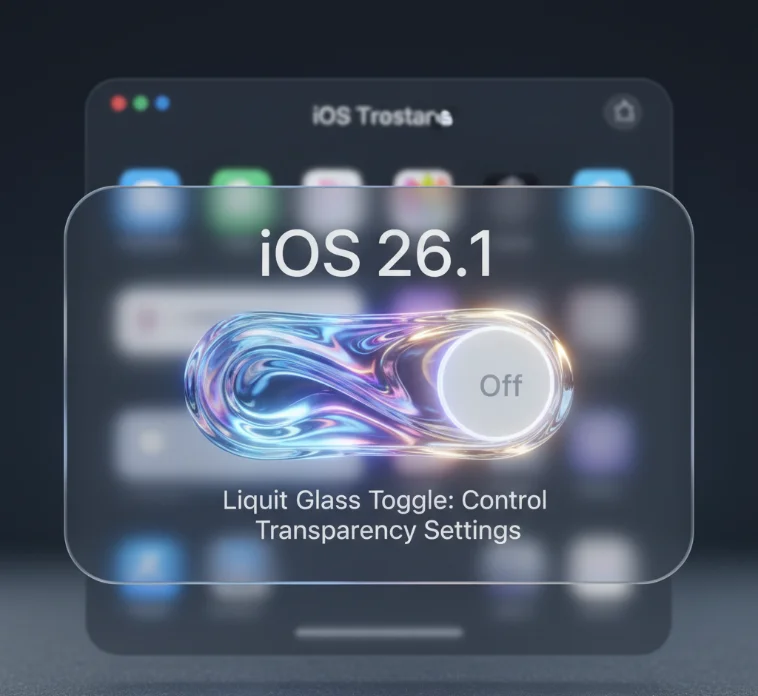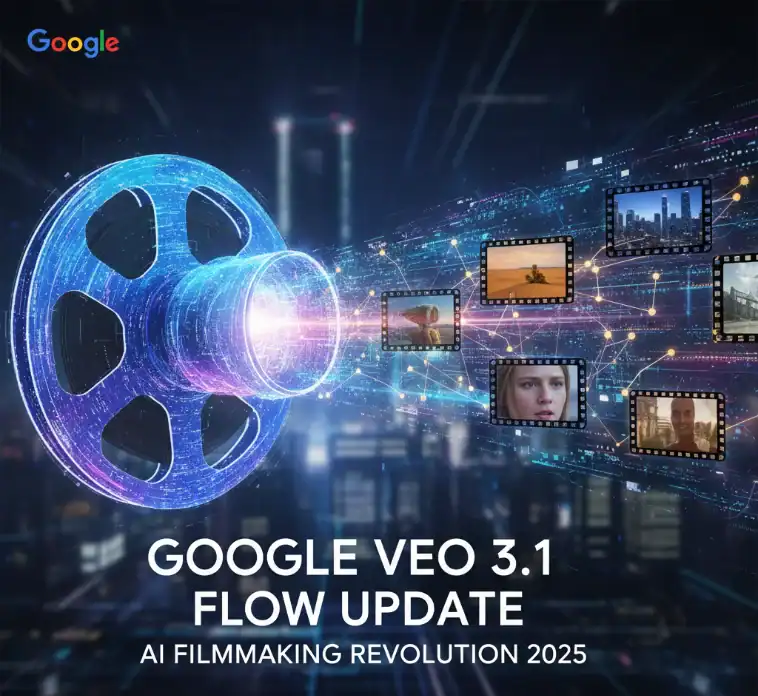The first shock to the tech world in the new year, a China-based AI company, DeepSeek, that proposes universal AI labeling of content. It’s in response to China’s new “Measures for Labeling of AI-Generated Synthetic Content,” which takes effect today, September 1, 2025. An AI chatbot that beat ChatGPT must now say if it’s AI. These marks can’t be erased, altered, or concealed. This is a big win for AI transparency, and it has implications for the millions of people who have downloaded the wildly successful app. Those using DeepSeek or its equivalent AI elsewhere are well-advised to take note of these changes.
DeepSeek’s New AI Caption – What Is It?
The DeepSeek AI labeling scheme uses two types of content markers, one detecting the source content being machine-generated content. These labels help keep things transparent and help users tell the difference between human and machine content.
Explicit Tags: Tags You Can See
Explicit tags are visible – either as text, voice, or graphics – that inform the user that the content was produced by AI. These tags appear on or near the content they generate. These might be AI-generated content text overlays, as well as audio alerts or a symbol shown onscreen.
These visual indications are an early warning to the user. They are helpful to avoid confusion as to who is providing the content. They can help users decide whether to share or reuse the content.
Concealed Technical Markings
The parallel system includes file-encapsulated metadata that carries production data and unique IDs. These sneaky markings carry rich information about the technical parameters of how an AI was created.
Hidden under meaning, implicit watermarks are invisible to the human eye but can be found mathematically by some interfaces or software. In the domain of images, watermarks adopt the methods of the spatial domain and the transform domain. Videos require spatiotemporal watermarking techniques. Most audio content is fundamentally processed and produced in either time or transform domains.
Why China Put These AI Labeling Rules in Place
The headline “China Orders Censors to Label AI-Generated News, Video as Fake” does read as if it involves a boring subject of facts and transparency on what the artificial intelligence can’t do and how things were posted or generated. The rules are intended to curb a range of ills of the digital age.
Combating Misinformation and Fraud
The order is the latest attempt to take action against fraud and disinformation and would require labeling for all AI-produced material. As far as the threat of AI-generated content misleading users, even the Chinese government conceded as much. The label requests are a tool to fight back against misinformation.
Also, the regulations guard consumers from misleading behavior. They make sure that people know when they are seeing fake content. It is this freedom that is instilling confidence in digital spaces and services.
National Security and Public Interest
The regulatory provisions also serve to safeguard the national security and public interests of both nations by ensuring consistent labeling of AI-generated content. Transparency in AI is seen as a way to keep society stable in China. The regulations are intended to curb the deployment of artificial intelligence for nefarious purposes such as facial recognition, the collection of personal data, and surveillance.
This systemized setup also reflects China’s wider attitude toward AI governance. It puts the country at the forefront of the world stage in terms of responsible AI development and regulation.
Technical Policies and Deployment
The mandatory national standard: “Cyber Security Technology – Content Generated by Artificial Intelligence Tagging Method.” This is a mouthful of a name, hanging with plenty of acronyms for spice but packed full of technical information. That’s for a standard that would be the same across devices and services.
The type-specific listening demands are both media- and format-mixed. There are visible labels placed and formatted according to their requirements. They are also responsible for metadata for hidden markers.
How DeepSeek’s Labeling System Works

The DeepSeek solution to China’s AI labeling requirements is part fancy technical expertise and part user-facing tweaks. All the content creation processes are working automatically.
Tags All Generated Text
As the user does not have a human-level tag, DeepSeek automatically labels all the generated text. It incorporates visible and invisible watermarks on the fly. The moderators are given the text with the right identification.
The operation is automated to eliminate human error in the labeling process. It puts users fully in compliance with Chinese law. It also enforces the accuracy and reliability of all types of content marking.
Content Classification System
The AI platform has a tripartite classification of confirmed, candidate, and unconfirmed AI-generated text. The documents of each category would be labeled and metadataed accordingly at their classification levels.
AI-verified content gets labeled the full, explicit-standards package, with end-to-end metadata. Intermediate gradations are assigned to the potential AI content of the text. Suspect material is merely tagged for cursory identification while it is analyzed.
Technical Detection Methods
For images, we use a watermark that covers any area larger than 50% of at least the size of 384×384. For video content, a watermark has to be present in every 5-second consecutive segment. Watermarking for audio files has to be added every 10 continuous seconds.
These parameters are designed to ensure the persistence (through usual editing processes) of the watermark. They remain detectable despite content modification or compression. There’s no easy way around the labeling requirement.
What Users Can’t Do With AI Labels
State policy in China strictly forbids tampering with AI content labels. These constraints are valid for any type of content, both with explicit and implicit markers.
Prohibited Actions
Under no circumstances can AI tags be removed. They can’t change the wording of labels or their visual appearance. It is wrong to use counterfeit labels or try to obscure valid markers.
Users also cannot build or distribute tools to assist others in messing with labels. Sharing ‘label jumping’ techniques breaches the rules. Just trying to get around labeling systems is a violation.
Legal Consequences
The liability is if AI-generated content is not labeled and something seriously bad happens. Violations can be punishable by law under Chinese law. The authorities focus on compliance rather than punishing non-malicious breaches.
But premeditated attempts to evade labeling attract heavier penalties. Commercialized solutions that allow label tampering are exposed to severe legal action. The enforcement strategy is an ethos of both education and deterrence.
Platform Responsibilities
Platforms must vet AI-generated content before posting it online and use labels when necessary. Labeling integrity is the responsibility of the service provider. To that end, they have to take the technical measures necessary to preclude any manipulation.
Platforms must also identify untagged AI content and add the appropriate indicators. They also have to keep systems in place to detect possible violations. Ongoing compliance with the labeling requirements is maintained through regular audits.
Global Impact and Industry Response
The labeling method used by DeepSeek captures broader shifts in AI regulation and transparency. The shifts extend to international conversations on regulating artificial intelligence.
International Regulatory Trends
The law comes at a time when China’s efforts to embed traceability and authenticity within AI-generated content may indicate global trends. China’s approach is being watched with interest by other countries. The European Union is also formulating equivalent standards as part of the AI Act.
The detailed Chinese plan offers a model for international regulation. It shows how to make AI accountable in practice. Other authorities might follow with similar technical requirements and penalties.
Industry Adaptation
Should major platforms and developers adopt universally applicable labeling features, it could make it functionally challenging not to adopt those types of features in other markets. Big AI companies are reassessing their own labeling techniques. The shift to voluntary compliance could be fast-tracked.
Transparency is very important for industry leaders because this is tied to user trust. Explicitly proactive label implementation can avoid counterproductive, more severe regulatory measures. Businesses are turning to technical solutions to help ensure content is authentic.
Technical Challenges and Solutions
Developers are still free to build or modify generative AI tools relying on open-source models that don’t apply the needed labeling features. This presents persistent practical difficulties for complete implementation. However, mainstream social media platforms have compliance concerns.
Work on the establishment of international AI content labeling standards is ongoing. Technical working groups have been established to develop interoperable solutions. Industry cooperation provides consistent methods across different platforms and borders.
DeepSeek Market Position and User Growth
Although explicit labels are required, DeepSeek remains popular and welcomed in the market. The technical features of the platform are continuing to catch the attention of the world.
Rapid User Adoption
By January 27, 2025, DeepSeek’s app had topped Apple’s App Store chart, blowing past ChatGPT as the most popular downloaded free app. It was a rapid rise that seemed to defy emerging privacy concerns and government restrictions in some countries.
Users love DeepSeek for its power and competitive price. The platform provides competitive performance at a fraction of operational cost. This value proposition has maintained adoption even in the face of new regulations.
Global Scrutiny and Restrictions
South Korea, Australia, and Taiwan—the implication being that threat actors based in China would be barred from their access to AI chatbots that are likely being used in intelligence collection. Some countries are concerned about data processing as well as the risk of surveillance.
NASA, the U.S. Navy, and the Taiwanese government banned the use of DeepSeek days after it became popular. The limitations speak to more general geopolitical tensions over AI technology and data security.
Continued Innovation
DeepSeek released DeepSeek V3.1 with a thinking/non-thinking-based hybrid architecture in August 2025 as open-source software under the MIT License. The firm is still progressing technologically and is less constrained by regulations.
DeepSeek has recently undergone some updates in order to offer better service and remain a leader in the industry. The architecture exceeds baseline systems on key metrics while being within the rules of the labels. This interplay of innovation and adherence to regulation exemplifies the industry.
Technical Implementation Details

It’s important to understand the technical aspects of DeepSeek’s methods for AI labeling because it will help users and developers understand the complexity of systems needed for compliance.
Watermarking Technologies
Image watermarks use spatial or transform domain methods, and video watermarks utilize spatiotemporal methods. Such methods guarantee the persistence of watermarks against multiple manipulations.
The watermarking scheme trades invisibility for detectability. The embedded markers are not tangible to the user during use. However, detection tools exist to uncover watermarked materials as necessary.
Metadata Standards
Information about the service provider name and unique identifier, among others, should be included as metadata for AI-created content. Such abundant data enables monitoring the origin of content and its generation process.
A content authenticating system is provided by the metadata system. It allows platforms to automatically authenticate content. It also helps researchers analyze the patterns of AI content distribution.
Detection and Verification
Watermarks can be identified by certain interfaces or other technical means. Detection solutions operate for different content types or perturbations. They serve as good indicators for the classification of AI-generated material.
The algorithm guarantees platform compliance and user transparency at the time of verification. It allows automatic classification of content types and suitable labeling. It also aids content creators in confirming whether or not their material is authentic.
Future Implications and Trends
The labeling process used by DeepSeek serves as one of the early instances of full AI transparency practices. The tactic could impact the development and regulation of AI worldwide.
Regulatory Evolution
China’s AI labeling requirement should not be brushed aside as an exception, but might indicate global trends toward the integration of traceability into generative AI platforms. Regulators around the world are looking at China’s model for potential use.
It is a whole new approach to pragmatic AI governance solutions. It’s an example of how technical needs can help enable policy goals. The same is applicable to other countries, as they will have such provisions according to their local needs.
Technology Development
AI firms are spending on labeling and watermarking technologies to aid in regulatory compliance. These are the sort of technical capabilities that are likely to be expected of new devices, rather than optional extras. The movement speeds up the creation of content authenticity tools.
There is ongoing development of detection-resistant methods of watermarking. Firms are working to create more sensitive content-validation systems. To continue progress, the technical arms race between labeling and evasion is flourishing.
User Education and Awareness
There is a risk of voluntary compliance turning into regulatory convergence, particularly in more high-stakes areas such as elections, national security, legal, or medical counsel. People have increasingly understood the use case of AI content identification.
Educational awareness activities enable people to learn about labeling schemes and the need for these systems. Platforms are also working on better user interfaces to bring AI identification out into the light. Emphasis on transparency gains trust in AI.
Frequently Asked Questions
How can I get rid of AI tags on DeepSeek?
What if I try to game DeepSeek's AI labeling system?
How did DeepSeek conclude they must use AI labeling this way?
Do other nations have comparable AI labeling rules?
How do the AI labels in DeepSeek affect content quality and usability?
Can I use the content from DeepSeek commercially if it contains AI labels?
What categories of content need AI labels on DeepSeek?
Conclusion
Mandatory AI labeling, as implemented by DeepSeek, is a major turning point in AI transparency and regulation. It’s a vast system, compelled by China’s new labeling rules, that ensures that every piece of content created with AI will be forever marked by its AI creator, who can then be held accountable if that content breaks the law or damages someone in some way. Although it may come as a shock to some users, these changes are symptomatic of a growing global focus on AI accountability and content veracity. The compliance features enable developers to navigate as the field of AI rapidly evolves and still adhere to new AI requirements. As such requirements are adopted globally, DeepSeek’s approach offers important lessons for the shaping of AI transparency and for expectations around users’ obligations.
















